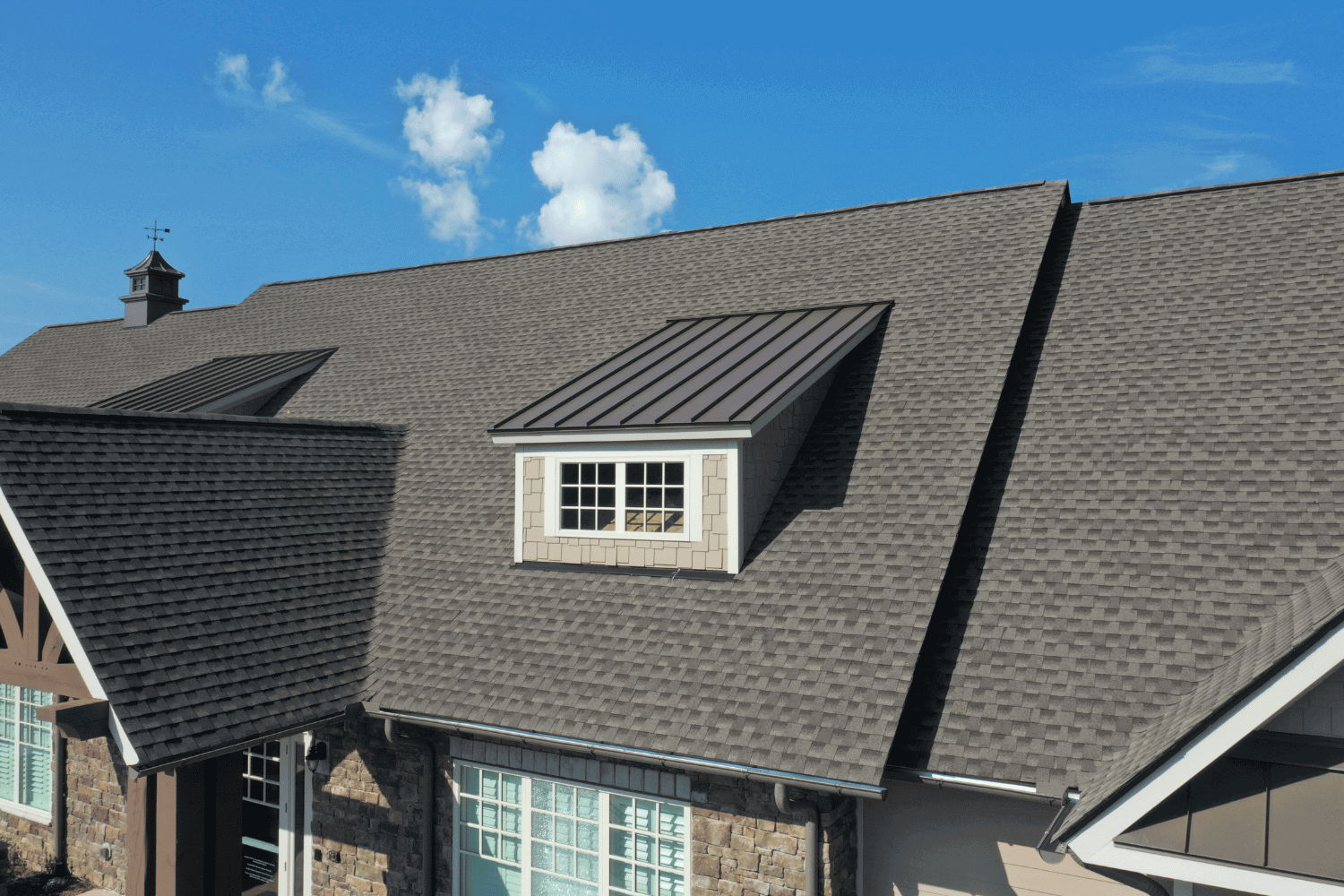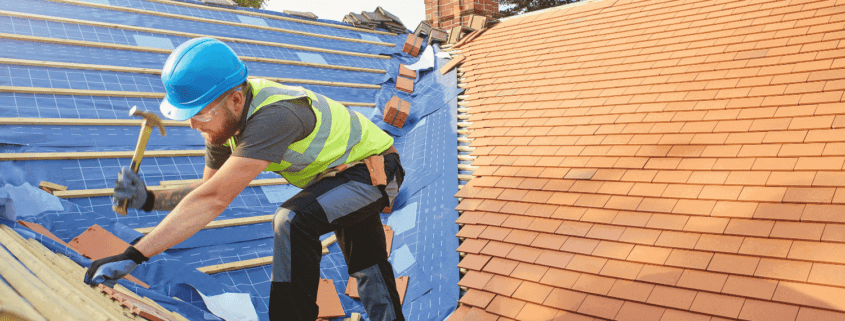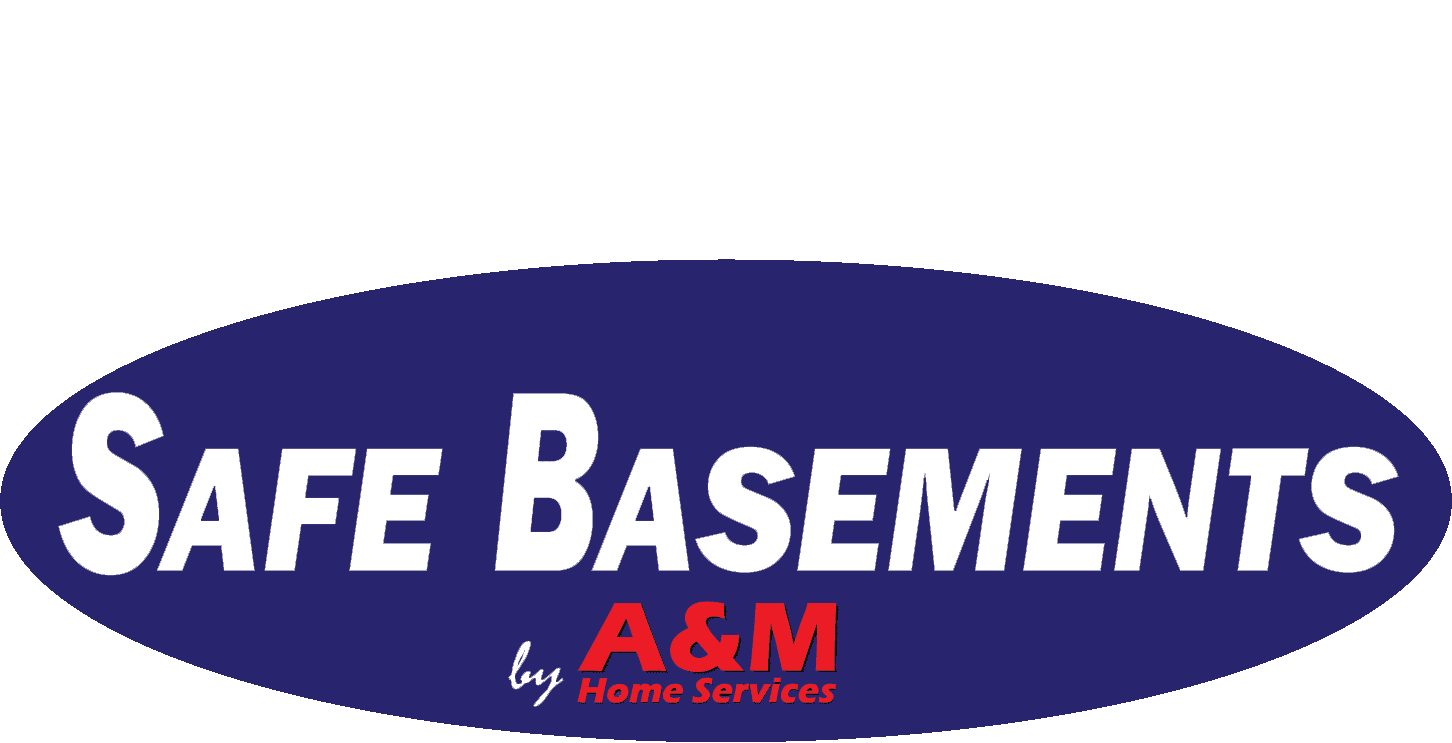Best Impact Resistant Roof Shingles: Protect Your Home Today
Best Impact Resistant Roof Shingles: Protect Your Home Today
Looking to protect your home from severe weather? Impact resistant roof shingles are your best defense against hail, high winds, and debris. In this guide, we’ll explore how these shingles work, their benefits, and what materials to consider.
Key Takeaways
- Impact-resistant shingles provide enhanced protection against severe weather, significantly extending roof lifespan to 30-50 years and reducing the need for replacements.
- The performance of impact-resistant shingles is measured using the UL 2218 test, with Class 4 being the highest rating, indicating superior durability against hail and wind.
- Investing in impact-resistant roofing can lead to lower homeowners insurance premiums and considerable long-term savings through reduced repair costs.
The Best Impact Resistant Roof Shingles: Protect Your Home Today

If you’ve ever experienced the gut-wrenching aftermath of a severe storm, you understand the critical role your roof plays in safeguarding your home. Impact-resistant shingles are specifically engineered to endure severe weather conditions, enhancing the overall strength and longevity of a roof. These shingles can help maintain a home’s structural integrity by providing reliable protection against hail and strong winds.
The durability of impact-resistant shingles can extend their lifespan to 30 to 50 years, significantly reducing the need for replacements. For those living in areas with a high likelihood of severe weather events, these shingles are particularly beneficial. Consider local weather patterns and storm frequency when selecting impact-resistant shingles.
Different types of impact-resistant roofing materials, such as metal, asphalt, slate, concrete, and clay, offer unique benefits and cost considerations. Each material provides its own set of advantages, but the primary goal remains the same: to protect your home effectively. This guide will help you understand how to choose the best impact-resistant shingles for your needs.
Introduction
Roof damage from hail, airborne debris, and high winds is a growing concern for homeowners, making it crucial to consider impact-resistant roofing solutions that can withstand more extreme weather. These shingles are designed to protect homes from severe weather conditions such as hailstorms and strong winds. The right shingles can significantly reduce damage risk and keep your home safe.
Understanding Impact Resistant Roof Shingles

Impact-resistant shingles are specifically engineered to endure severe weather conditions, enhancing the overall strength and longevity of a roof. The unique composition and design of these shingles make them the most durable option available. Consider the weather common to your local area when deciding on shingles.
What Are Impact Resistant Shingles?
Impact-resistant roof shingles are designed with a thicker base mat and more flexible materials than traditional options. These shingles are constructed with advanced materials that enhance their durability compared to standard shingles. Their unique composition and design make impact-resistant shingles the most durable option available.
Asphalt shingles modified with rubberized polymers enhance their resistance to impact. Composite shingles combine asphalt with synthetic materials for better durability and impact resistance. These advancements in shingle design and construction have led to better protection from hail and high winds.
How Impact Resistance Is Measured
The UL 2218 test, known as the steel ball test, evaluates shingles by dropping a steel ball from a specified height to assess their impact resistance. Shingle ratings vary from Class 1 to Class 4, reflecting the level of impact they can withstand based on standardized tests. Class 4 is the highest rating for impact-resistant shingles. This classification indicates superior durability.
To attain a Class 4 rating, shingles must endure the impact of a 2-inch steel balls dropped from 20 feet multiple times. To pass the UL 2218 test, shingles must show no ruptures or cracks after impact.
Typically rated Class 4, impact-resistant shingles are a reliable choice for severe weather protection.
Benefits of Installing Impact Resistant Shingles

Impact-resistant shingles provide enhanced protection against severe weather, including hail and wind. These shingles can prevent costly roof damage, especially in areas prone to severe weather. They typically last about 50% longer than standard shingles, reducing the frequency of roof replacements.
Installing impact-resistant roofing can provide peace of mind and a sense of security.
Enhanced Durability
Shingles classified as Class 4 can endure impacts from a 2-inch steel ball dropped from 20 feet without cracking. Impact-resistant asphalt roofing shingles are designed to withstand the impact of hail. Certain Class 4 impact-resistant shingles can endure winds reaching up to 130 mph.
Hail-resistant shingles, with higher impact resistance ratings than traditional asphalt shingles, are engineered to withstand greater impacts and reduce storm damage, offering unparalleled durability.
Financial Benefits
Investing in impact-resistant roofing can potentially lead to lower homeowners insurance premium due to the reduced risk of damage. Homeowners can save on potential repair costs, which can average around $4,250 for hail damage. Switching to impact-resistant roofing can reduce insurance premiums by 5% to 35%.
Many homeowners report significant financial savings and peace of mind after switching to impact-resistant shingles. Insurance companies offer discounts as an added bonus, making the initial investment more palatable in the long run.
Environmental Advantages
The long lifespan of impact-resistant shingles means less waste in landfills, providing eco-friendly benefits that make a positive environmental impact while protecting your home.
Types of Impact Resistant Roofing Materials

Impact-resistant roofing materials typically include recycled or recyclable materials that enhance sustainability. Among common types of roofs that are considered impact-resistant is metal roofing. Each material provides its own set of advantages, but the primary goal remains the same: to protect your home effectively.
Asphalt Shingles vs. Hail Resistant Shingles
Hail-resistant shingles are designed to endure severe weather conditions better than traditional asphalt shingles. They typically undergo rigorous testing, such as UL 2218, to assess their ability to endure impacts from hail and debris, distinguishing them from traditional asphalt shingles.
Impact-resistant roof shingles are designed with a thicker base mat and more flexible materials than traditional options. Synthetic roofing materials are designed to imitate traditional options while providing better durability and impact resistance.
Metal, Slate, Concrete, and Clay Options
Metal, slate, concrete, and clay roofs are impact-resistant and while they cost more than asphalt or composite shingles, they can also last significantly longer. Concrete and clay roofs provide significant durability against impacts and generally have a longer lifespan than asphalt shingles.
Each material brings unique benefits, from aesthetic appeal to longevity.
Choosing the Right Impact Resistant Shingles for Your Home
Choosing the right impact-resistant shingles is essential for ensuring your home is protected against severe weather conditions. Proper installation of impact-resistant roofs is also crucial for their performance and longevity.
Professionally installed impact-resistant roofs ensure compliance with local building codes and regulations, enhancing durability.
Factors to Consider
Homeowners should evaluate their local climate when selecting roofing materials, as different shingles perform better in varying weather conditions. Homeowners in hail-prone regions are specifically advised to consider Class 4 impact-resistant shingles for optimal protection.
Budget constraints could also guide the selection of shingles, as higher-rated impact-resistant options typically carry a higher cost.
Consulting a Professional Roofing Contractor
Schedule an inspection with a professional roofing contractor to determine if your roof is impact resistant. An experienced roofing contractor ensures your impact-resistant roof complies with local regulations and building codes.
Installation and Maintenance of Impact Resistant Roofs

Proper installation of impact-resistant shingles involves specific guidelines, such as ensuring a solid substrate and proper nailing techniques to enhance durability.
Regular inspections and maintenance later on, such as clearing debris and checking for shingle damage, are essential to extend the life of impact-resistant roofs.
Proper Installation Techniques
Hiring experienced contractors ensures not just proper installation but also compliance with warranty requirements for the shingles. The installation process significantly influences the roof’s overall performance. Selecting experienced contractors is crucial for ensuring proper installation and compliance with local building codes.
Homeowners should obtain written estimates and contracts to ensure transparency and accountability in the roofing process. Detailed written contracts covering scope, materials, and payment schedules are essential for clarity and accountability in roof installation. Proper installation techniques enhance the performance and longevity of impact-resistant roofing materials.
Routine Maintenance and Inspections
Professional routine inspections can identify potential issues early, keeping the roof in optimal condition. Regular inspections, ideally every three to five years, prevent minor issues from escalating into costly repairs. Maintaining clean gutters and removing debris can greatly enhance the lifespan of an impact-resistant roof.
Clearing debris from gutters and downspouts is vital maintenance for preventing roof damage. Regular maintenance is key to ensuring the longevity and performance of your impact-resistant roof.
Are Impact Resistant Shingles Worth the Investment?
Although the higher initial cost of impact-resistant shingles may deter some homeowners, the long-term savings and peace of mind often outweigh the initial expense.
Impact-resistant shingles can lead to lower future roof repair costs and longer lifespan, providing considerable long-term financial savings.
Cost Analysis
Impact-resistant shingles typically have a higher upfront cost compared to standard asphalt shingles, ranging from 10% to 25% more. The main downside of Class 4 impact-resistant shingles is their higher upfront cost. However, the initial costs may be justified in areas frequently hit by hail and windstorms, as these shingles can save on repair costs in the long run.
The location, type of shingles, and choice of roofing contractor significantly influence overall cost and potential savings. While impact-resistant shingles have a higher cost than standard roofs, they can potentially reduce overall expenses due to fewer repairs needed.
Summary
Billions of dollars in damage each year are caused by hail impacts, underscoring the financial consequences of traditional roofing materials. Homeowners increasingly face severe weather threats, making impact-resistant shingles a crucial investment for home protection.
Impact-resistant shingles offer unparalleled protection against severe weather, providing peace of mind and long-term financial benefits. Their enhanced durability, combined with potential insurance discounts and environmental advantages, make them a smart investment for any homeowner. Protect your home today with impact-resistant shingles and enjoy the security and savings they bring.
Frequently Asked Questions
What are impact-resistant shingles?
Impact-resistant shingles are specially designed with thicker base mats and flexible materials to withstand severe weather conditions like hail and high winds, providing enhanced protection for your home. Their strength makes them a reliable choice for maintaining roof integrity during harsh weather.
How is the impact resistance of shingles measured?
The impact resistance of shingles is measured using the UL 2218 steel ball test, which evaluates durability by dropping a steel ball from a specified height. Shingles are then rated from Class 1 to 4, with Class 4 indicating the highest level of impact resistance.
What are the financial benefits of installing impact-resistant shingles?
Installing impact-resistant shingles can significantly lower home insurance premiums by 5% to 35%, while also reducing the likelihood of costly repairs. This results in substantial long-term savings for homeowners.
What types of materials are used for impact-resistant roofs?
Impact-resistant roofs typically utilize materials such as asphalt, metal, slate, concrete, and clay, each providing distinct advantages in terms of durability and weather resistance. Selecting the right material can enhance both the longevity and protection of your roof.
Are impact-resistant shingles worth the investment?
Impact-resistant shingles are typically worth the investment due to their long-term benefits, including reduced repair costs and potential discounts on insurance, while providing robust protection against extreme weather.
 574-318-3326
574-318-3326






